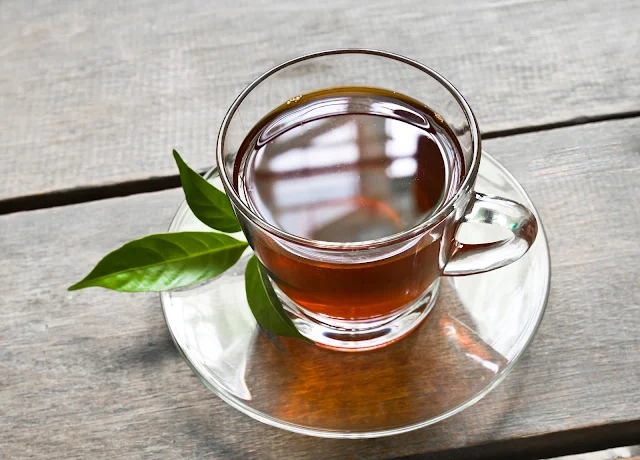Tea is one of the most widely consumed beverages in the world, second only to water. From the bustling streets of India to the serene tea houses of Japan, this aromatic drink has a deep cultural and historical significance. But what exactly is tea, and why has it captivated millions for centuries? Let’s explore the origins, types, benefits, and global traditions surrounding tea.

A Brief History of Tea
The origins of tea trace back over 5,000 years to ancient China. According to legend, Emperor Shen Nong discovered tea when tea leaves accidentally fell into his boiling water, creating a delightful infusion. Since then, tea has spread across Asia, Europe, and beyond, influencing trade routes, shaping cultures, and even sparking historical events like the Boston Tea Party.
Different Types of Tea & Their Benefits
Tea is derived from the Camellia sinensis plant and is categorized based on its processing methods. Here are the major types:
1. Black Tea
Fully oxidized, giving it a strong flavor and dark color.
Rich in antioxidants and may help boost heart health.
Popular varieties: Assam, Darjeeling, Earl Grey.
2. Green Tea
Minimally processed, retaining its natural green color.
Packed with catechins, which help with metabolism and weight loss.
Popular varieties: Matcha, Sencha, Gunpowder Green Tea.
3. White Tea
The least processed tea, made from young tea leaves and buds.
Has a delicate flavor and is known for its anti-aging properties.
Popular varieties: Silver Needle, White Peony.
4. Oolong Tea
Partially oxidized, offering a balance between black and green tea.
Supports digestion and weight management.
Popular varieties: Tieguanyin, Da Hong Pao.
5. Herbal Teas (Tisanes)
Not technically ‘tea’ since they are made from flowers, fruits, and herbs.
Examples: Chamomile (calming), Peppermint (digestion), Hibiscus (blood pressure regulation).
How is Tea Grown & Processed?
Tea cultivation varies by region, climate, and altitude. Here’s a simplified process:
Plucking – Fresh tea leaves are hand-picked.
Withering – Leaves are spread out to reduce moisture.
Oxidation – Enzymes react with oxygen (this determines tea type).
Drying & Rolling – The leaves are dried and shaped for packaging.
Packaging & Brewing – Ready for consumption!
Tea Culture Around the World
Tea is not just a beverage; it’s a tradition. Here’s how different cultures enjoy tea:
India: Spiced Masala Chai, brewed with milk and aromatic spices.
China: Traditional Gongfu tea ceremony, emphasizing mindfulness.
Japan: Matcha tea rituals, symbolizing purity and discipline.
United Kingdom: Afternoon Tea, a formal affair with scones and sandwiches.
Morocco: Mint Tea, a sweet and refreshing drink served in elaborate glasses.
Health Benefits of Tea
✅ Boosts Immunity – Rich in antioxidants and polyphenols.
✅ Enhances Brain Function – Contains caffeine and L-theanine for mental clarity.
✅ Aids Digestion – Herbal teas like ginger and peppermint relieve bloating.
✅ Promotes Relaxation – Chamomile and lavender tea help with sleep.
Why Tea is More Than Just a Beverage
Tea is a drink that unites people across cultures, offering both relaxation and health benefits. Whether you prefer a strong cup of Indian Chai, a delicate Japanese Matcha, or a classic British Earl Grey, tea holds a special place in our daily lives. So, the next time you sip a cup of tea, remember—you’re taking part in a centuries-old tradition that has shaped history and continues to bring joy to millions worldwide.












0 Comments